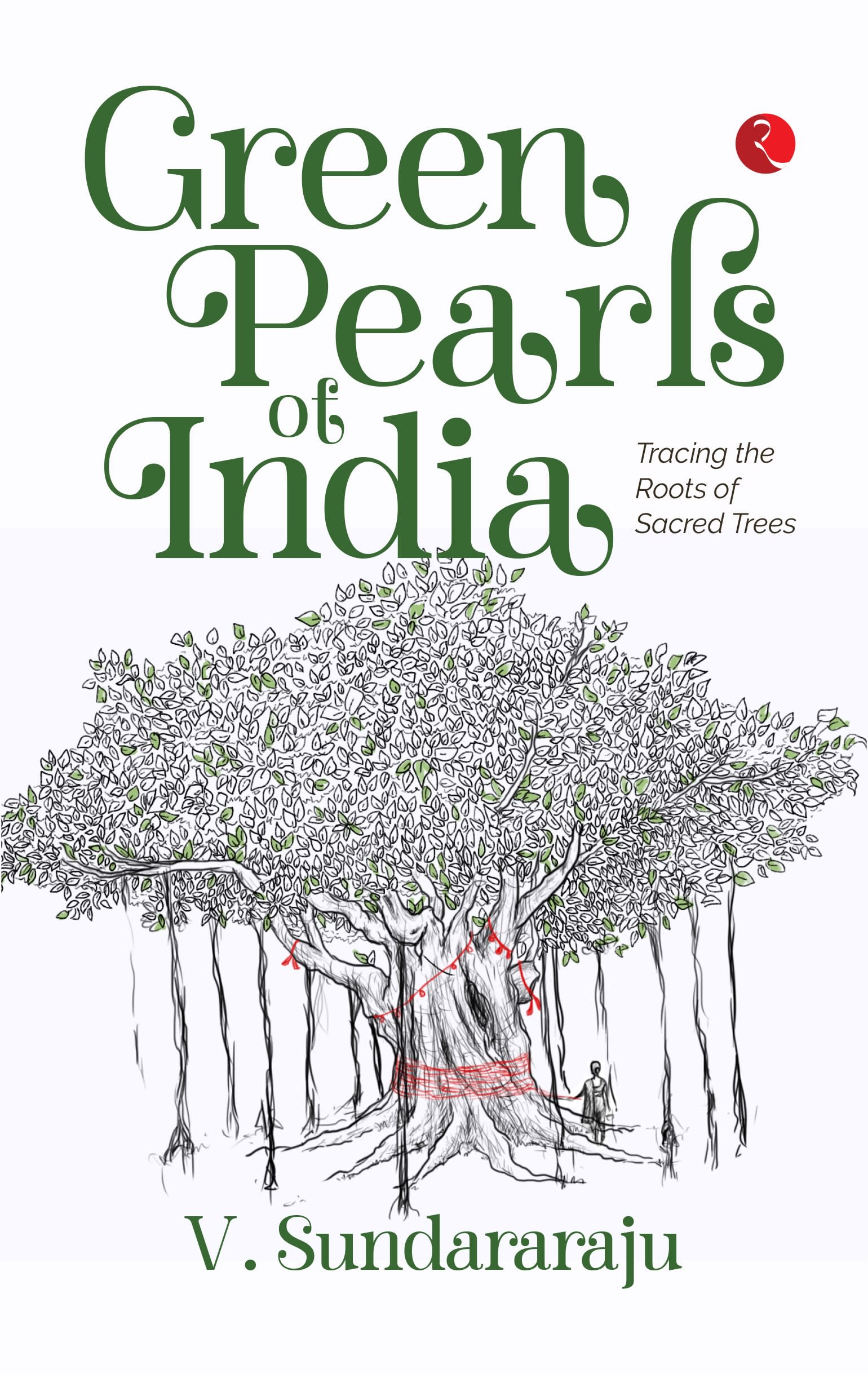 Listen to this article
•
15:34 min
Listen to this article
•
15:34 min
A folktale from Kerala narrates how the coconut got its face. Once, there was a young fisherman from Kerala who did not know how to catch fish. Even though he tried with nets and poles, he could not get any fish. Others laughed at his poor condition. Therefore, he planned to learn some magic. He visited a magician and learnt how to remove the head from the body from him. During the evening, when all fishermen returned to their hamlets and there was no one around, he would go to the beach, remove his head from his body at an isolated spot and dive into the water. On seeing a strange figure, the fishes would cluster around and the small fishes would enter his body through his neck. The man would swim back to the shore, take the fishes out and replace his head. After reaching the village, he would show the villagers all the fish he had caught. The man never revealed the secret to anyone. The fishermen became curious as this man was getting good catch without a pole or net. One day, a small boy followed him. The boy saw him take off his head and dive into the sea. The little boy snatched the head and carried it for some distance. As the head was too heavy, the boy threw it into a nearby bush. After some time, when the man came out of the water, he could not see his head. He searched for his head and realized that his magic was running out of time. As there was no other way, he jumped into the sea and became a fish. The small boy who reached the village brought all the villagers to the shore to show them the miraculous head. Upon reaching the bush located on the beach, they were astonished to discover that the once small head had transformed into a tall and graceful palm tree, adorned with nuts. Every nut bore the man’s face on it. It is believed that the coconut was created thus!
How the Coconut Tree Came to Earth: In a Hindu mythological story, Trishanku, a famous king belonging to the Solar dynasty (also known as the Ikshvaku dynasty), was a pious person and was very devoted to the gods. He had one desire, and it was to go to heaven with his mortal body intact. He did not want to wait till he died. Sage Vishvamitra and his family lived in a forest of the kingdom. At that time, there was severe famine in the country. Since the sage had gone over to another country, his family was starving. Knowing this, King Trishanku helped the family with food and other requirements. On his return, the sage came to know about the help rendered by the king and promised to help the king to get his desire fulfilled. The sage started performing a yajna or sacrifice to the gods. When the fire and the prayers became strong, the king started rising off the ground, moved above the Earth and the clouds, and neared the gates of heaven where the gods lived. Seeing the mortal body of a human intact at the gates, the gods rushed to their king, Indra, and complained. Sighting the body of King Trishanku near the gate, Indra became angry and pushed the king down. While falling, Trishanku cried out of fear. Hearing the desperate call of the king, the sage looked up and ordered him to stay where he was. King Trishanku stopped mid-air. Sage Vishvamitra knew that the king could stay there only for a while as his power was wearing off. So, the sage held the king up with a long pole. In time, this pole created by the sage became the trunk of the coconut tree and Trishanku’s head became the coconut fruit.
Excerpted with permission from Green Pearls of India – Tracing the Roots of Sacred Trees, published by Rupa (November 2023, Rs 595).





